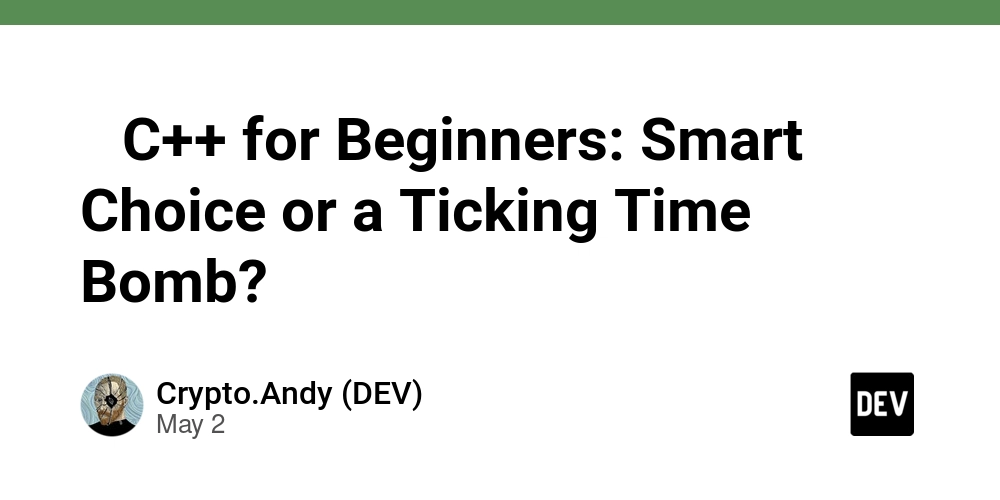Troubleshooting Common Issues in Broadcast Playout Software
Broadcast playout software is the backbone of modern television and online streaming operations. It controls everything from scheduling to content playback, making it a mission-critical component of any media operation. But like any software, it isn’t immune to glitches, bugs, or unexpected hiccups. Whether you’re managing a 24/7 linear channel or a live event, knowing how to troubleshoot broadcast playout issues quickly is crucial. In this article, we’ll explore the most common problems and how to fix them without losing your cool. What Is Broadcast Playout Software? Broadcast playout software is a system used to control the sequence and delivery of audio/video content. It ensures your scheduled content—ads, shows, promos, bumpers—plays at the right time, in the correct format, and with minimal interruptions. It usually integrates with: Automation systems Media asset management (MAM) Graphics engines Live feeds Transcoders and encoders Common Broadcast Playout Issues and Their Fixes 1. Playback Freezing or Stuttering This is one of the most nerve-wracking issues, especially during live broadcast. Possible Causes: Hardware bottlenecks Corrupted video files Network instability (for IP playout) Solutions: Ensure your server meets or exceeds hardware requirements. Pre-validate all video files before scheduling. For cloud-based playout, verify bandwidth and latency. Clear cache/log files and restart the playout engine if necessary. 2. File Format Compatibility Errors Ever loaded a video only to see an error like “Unsupported format”? That’s a common issue. Possible Causes: Unsupported codec or wrapper Incorrect resolution or framerate Solutions: Standardize content to compatible formats (e.g., H.264 in .mp4 or .mov containers). Use media transcoding tools like FFmpeg before import. Ensure aspect ratios and bitrates meet your system’s specifications. 3. Audio Out of Sync With Video When lips move out of sync with sound, it kills the viewer’s experience. Possible Causes: Encoding mismatch Inconsistent timestamps Hardware latency in SDI/NDI outputs Solutions: Use software that auto-syncs A/V streams during ingest. Calibrate audio delays in your mixer or output chain. Re-encode files with proper sync metadata. 4. Scheduled Content Not Playing You’ve scheduled a playlist, but nothing airs. What gives? Possible Causes: Incorrect file path Missing or offline storage Playlist corruption Solutions: Always verify media paths and mount points before broadcast. Automate playlist validation to catch missing assets. Keep backup playlists and restore points ready. 5. Crashing or Freezing UI If your playout software interface freezes during a live broadcast, it’s a panic moment. Possible Causes: Memory leaks in the software Conflicts with third-party tools (e.g., antivirus) GPU driver issues Solutions: Keep your software and drivers updated. Isolate the playout system from non-essential services. Use system monitoring tools to track resource usage. 6. Inconsistent Timecode or Clock Drift For live feeds or synchronized multi-channel playout, time accuracy is everything. Possible Causes: Unstable NTP server Inaccurate system clocks Delay in signal conversion Solutions: Use a reliable NTP service and GPS clock sync if possible. Monitor system clocks using timecode generators or LTC. Avoid mixing analog and digital clock sources. 7. Graphics and Overlays Not Displaying Lower-thirds, logos, or tickers not showing up? That’s a branding fail. *Possible Causes: * Graphics template errors Layering conflicts Incompatible graphics engine Solutions: Test graphics templates in a sandbox before going live. Use layering hierarchy to ensure visibility. Stick to proven engines like CasparCG or Vizrt. 8. Black Screen Output One of the worst-case scenarios: You go live and see... nothing. Possible Causes: No video input/output source selected SDI/NDI misconfiguration Output module crash Solutions: Double-check video routing inside the software. Confirm signal flow with video monitoring tools. Restart output modules or reset connections. 9. Delayed Cue Points or Late Triggering Missed ad breaks or delayed program starts can cost money and viewers. Possible Causes: Lag in automation system communication Cue point mismatch in metadata Delayed playlist processing Solutions: Use buffer triggers (i.e., preload assets ahead of time). Test cue points thoroughly before final playout. Monitor latency between automation and playout engines. ## 10. Poor Logging and Error Reporting Without proper logs, troubleshooting is like finding a needle in a haystack. Solutions: Enable detailed logs (debug level) during testing. Store logs on a separate drive to avoid clogging main disks. Use log analyzers to detect trends or recurring issues. Best Practices for Reliable Playout Operati

Broadcast playout software is the backbone of modern television and online streaming operations. It controls everything from scheduling to content playback, making it a mission-critical component of any media operation. But like any software, it isn’t immune to glitches, bugs, or unexpected hiccups.
Whether you’re managing a 24/7 linear channel or a live event, knowing how to troubleshoot broadcast playout issues quickly is crucial. In this article, we’ll explore the most common problems and how to fix them without losing your cool.
What Is Broadcast Playout Software?
Broadcast playout software is a system used to control the sequence and delivery of audio/video content. It ensures your scheduled content—ads, shows, promos, bumpers—plays at the right time, in the correct format, and with minimal interruptions.
It usually integrates with:
Automation systems
Media asset management (MAM)
Graphics engines
Live feeds
Transcoders and encoders
Common Broadcast Playout Issues and Their Fixes
- 1. Playback Freezing or Stuttering This is one of the most nerve-wracking issues, especially during live broadcast.
Possible Causes:
- Hardware bottlenecks
- Corrupted video files
Network instability (for IP playout)
Solutions:Ensure your server meets or exceeds hardware requirements.
Pre-validate all video files before scheduling.
For cloud-based playout, verify bandwidth and latency.
-
Clear cache/log files and restart the playout engine if necessary.
2. File Format Compatibility Errors
Ever loaded a video only to see an error like “Unsupported format”? That’s a common issue.
Possible Causes:
- Unsupported codec or wrapper
Incorrect resolution or framerate
Solutions:Standardize content to compatible formats (e.g., H.264 in .mp4 or .mov containers).
Use media transcoding tools like FFmpeg before import.
-
Ensure aspect ratios and bitrates meet your system’s specifications.
3. Audio Out of Sync With Video
When lips move out of sync with sound, it kills the viewer’s experience.
Possible Causes:
- Encoding mismatch
- Inconsistent timestamps
Hardware latency in SDI/NDI outputs
Solutions:Use software that auto-syncs A/V streams during ingest.
Calibrate audio delays in your mixer or output chain.
-
Re-encode files with proper sync metadata.
4. Scheduled Content Not Playing
You’ve scheduled a playlist, but nothing airs. What gives?
Possible Causes:
- Incorrect file path
- Missing or offline storage
- Playlist corruption
Solutions:
- Always verify media paths and mount points before broadcast.
- Automate playlist validation to catch missing assets.
- Keep backup playlists and restore points ready.
5. Crashing or Freezing UI
If your playout software interface freezes during a live broadcast, it’s a panic moment.
Possible Causes:
- Memory leaks in the software
- Conflicts with third-party tools (e.g., antivirus)
- GPU driver issues
- Solutions:
- Keep your software and drivers updated.
- Isolate the playout system from non-essential services.
- Use system monitoring tools to track resource usage.
6. Inconsistent Timecode or Clock Drift
For live feeds or synchronized multi-channel playout, time accuracy is everything.
Possible Causes:
- Unstable NTP server
- Inaccurate system clocks
Delay in signal conversion
Solutions:Use a reliable NTP service and GPS clock sync if possible.
Monitor system clocks using timecode generators or LTC.
-
Avoid mixing analog and digital clock sources.
7. Graphics and Overlays Not Displaying
Lower-thirds, logos, or tickers not showing up? That’s a branding fail.
*Possible Causes:
*
- Graphics template errors
- Layering conflicts
Incompatible graphics engine
Solutions:Test graphics templates in a sandbox before going live.
Use layering hierarchy to ensure visibility.
Stick to proven engines like CasparCG or Vizrt.
8. Black Screen Output
One of the worst-case scenarios: You go live and see... nothing.
Possible Causes:
- No video input/output source selected
- SDI/NDI misconfiguration
Output module crash
Solutions:Double-check video routing inside the software.
Confirm signal flow with video monitoring tools.
-
Restart output modules or reset connections.
9. Delayed Cue Points or Late Triggering
Missed ad breaks or delayed program starts can cost money and viewers.
Possible Causes:
Lag in automation system communication
Cue point mismatch in metadata
Delayed playlist processing
Solutions:
- Use buffer triggers (i.e., preload assets ahead of time).
- Test cue points thoroughly before final playout.
- Monitor latency between automation and playout engines. ## 10. Poor Logging and Error Reporting
Without proper logs, troubleshooting is like finding a needle in a haystack.
Solutions:
- Enable detailed logs (debug level) during testing.
- Store logs on a separate drive to avoid clogging main disks.
-
Use log analyzers to detect trends or recurring issues.
Best Practices for Reliable Playout Operations
Use Redundancy: Dual servers, mirrored playlists, cloud failover
Update Frequently: Regular software and firmware updates
Test Rigorously: Run dry runs for major broadcasts
Backup Everything: Daily backups of media, playlists, and configs
-
Train Your Team: Make sure everyone knows emergency protocols
Conclusion
Playout software is powerful, but it’s not foolproof. When problems arise, the key is preparation, system understanding, and fast decision-making. With this guide, you’ll be able to diagnose and fix most broadcast playout issues before they escalate into disasters. Whether you’re running a local station or a global OTT channel, troubleshooting like a pro ensures your content hits the airwaves without a hitch.







































































































































































![[The AI Show Episode 145]: OpenAI Releases o3 and o4-mini, AI Is Causing “Quiet Layoffs,” Executive Order on Youth AI Education & GPT-4o’s Controversial Update](https://www.marketingaiinstitute.com/hubfs/ep%20145%20cover.png)











































































































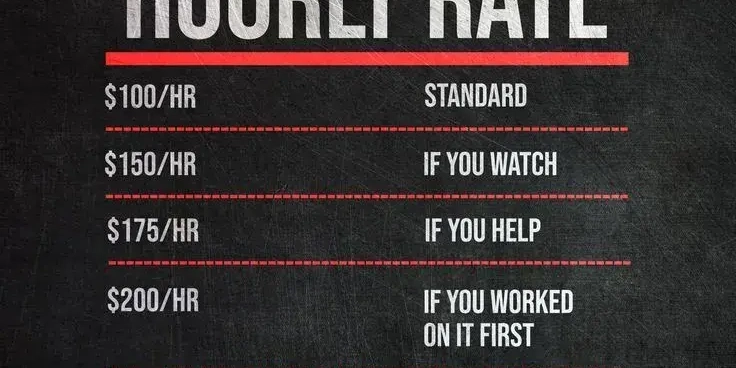




















![From Art School Drop-out to Microsoft Engineer with Shashi Lo [Podcast #170]](https://cdn.hashnode.com/res/hashnode/image/upload/v1746203291209/439bf16b-c820-4fe8-b69e-94d80533b2df.png?#)










































































































(1).jpg?#)





























_Inge_Johnsson-Alamy.jpg?width=1280&auto=webp&quality=80&disable=upscale#)










































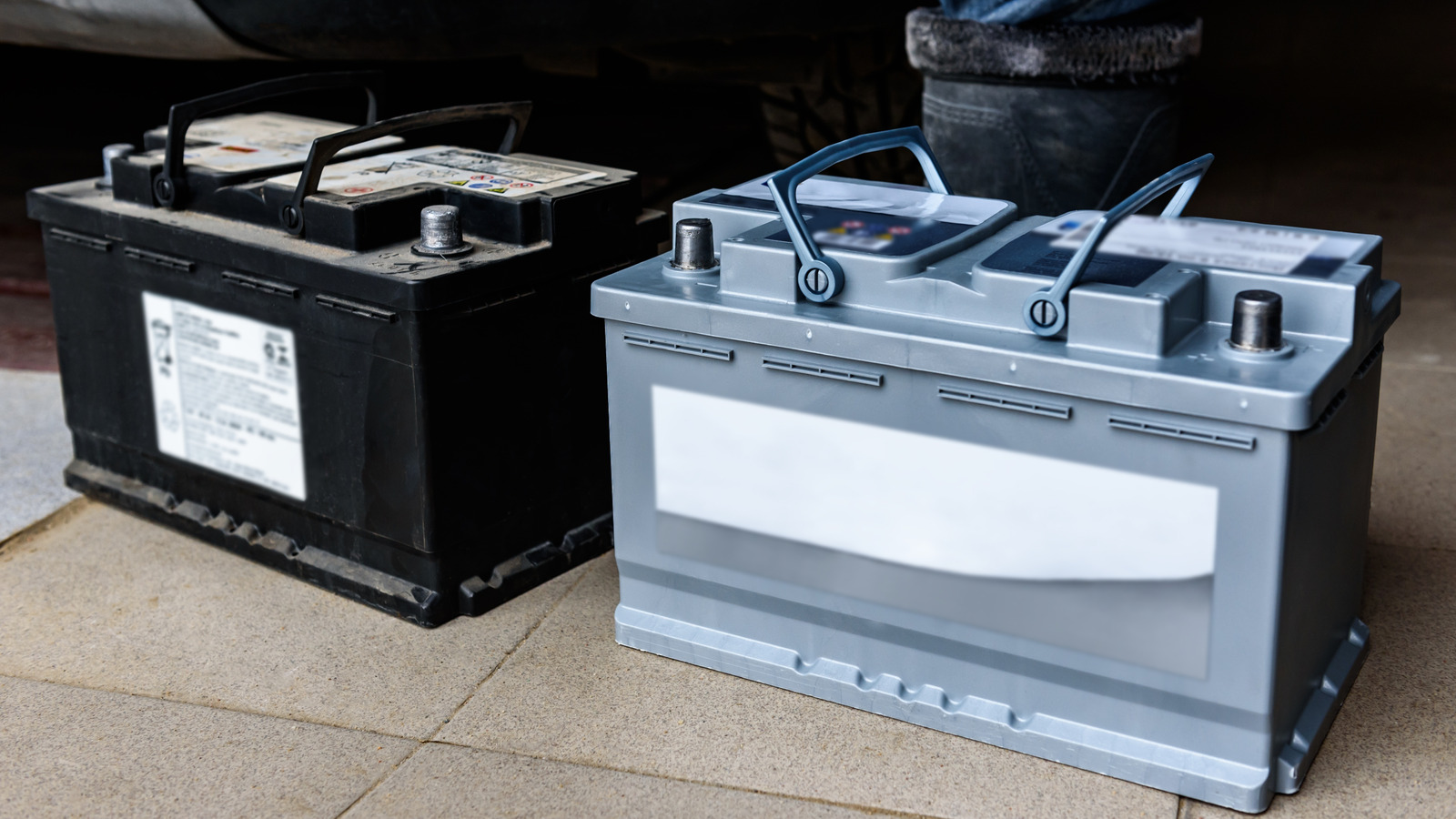





































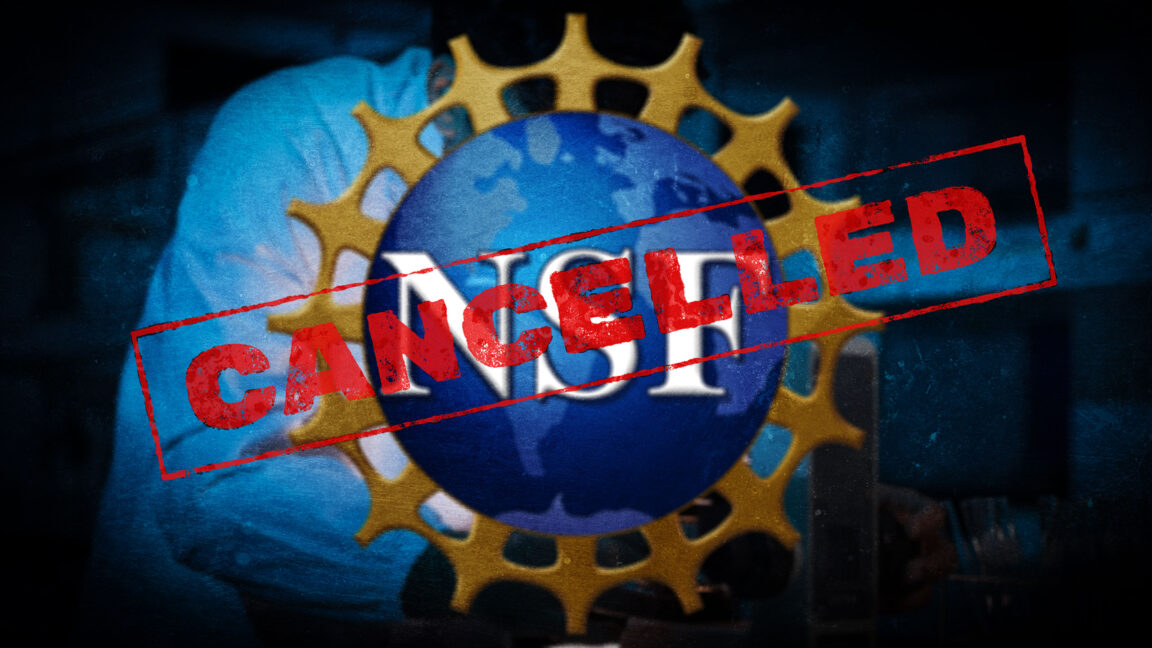






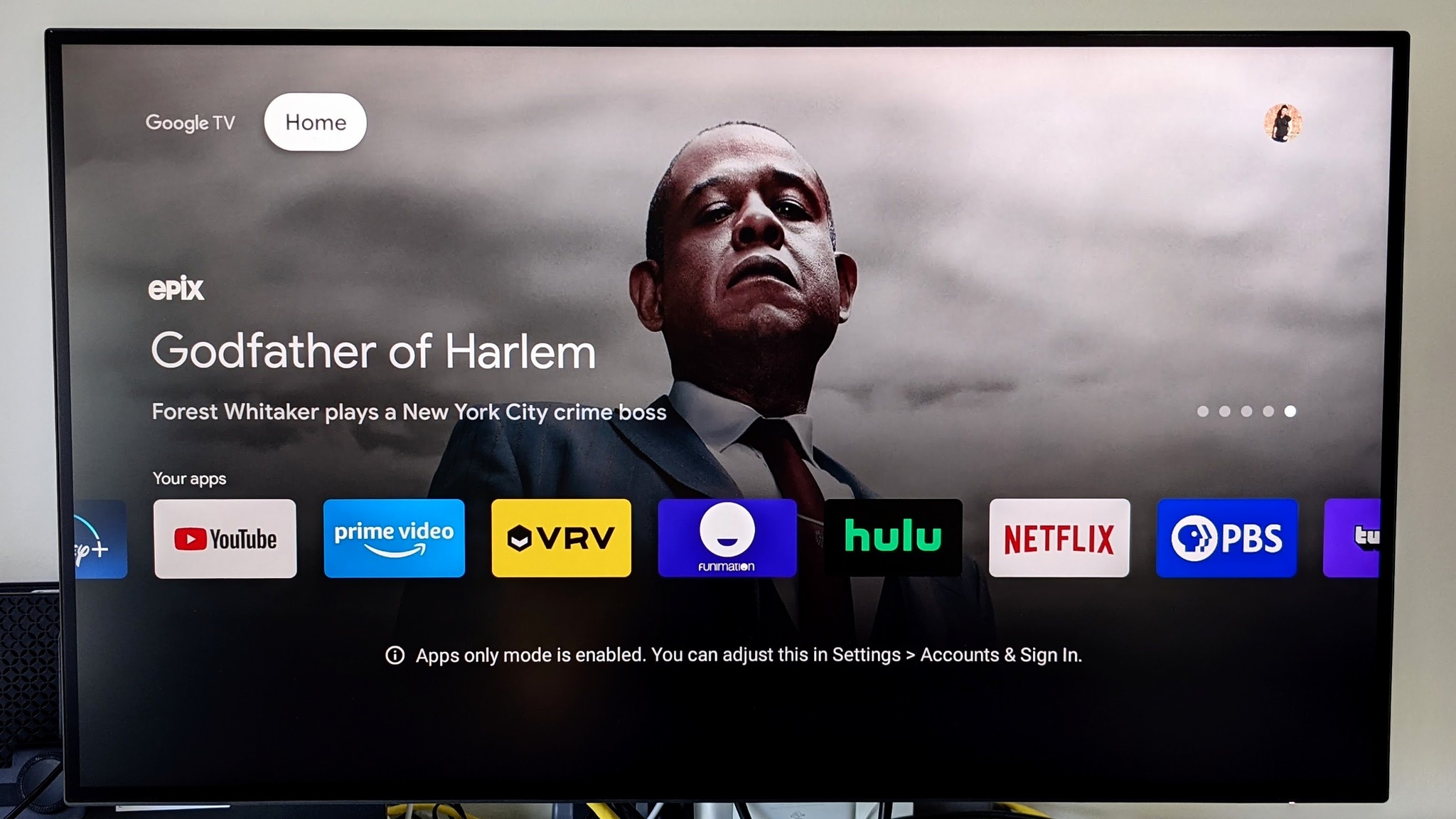
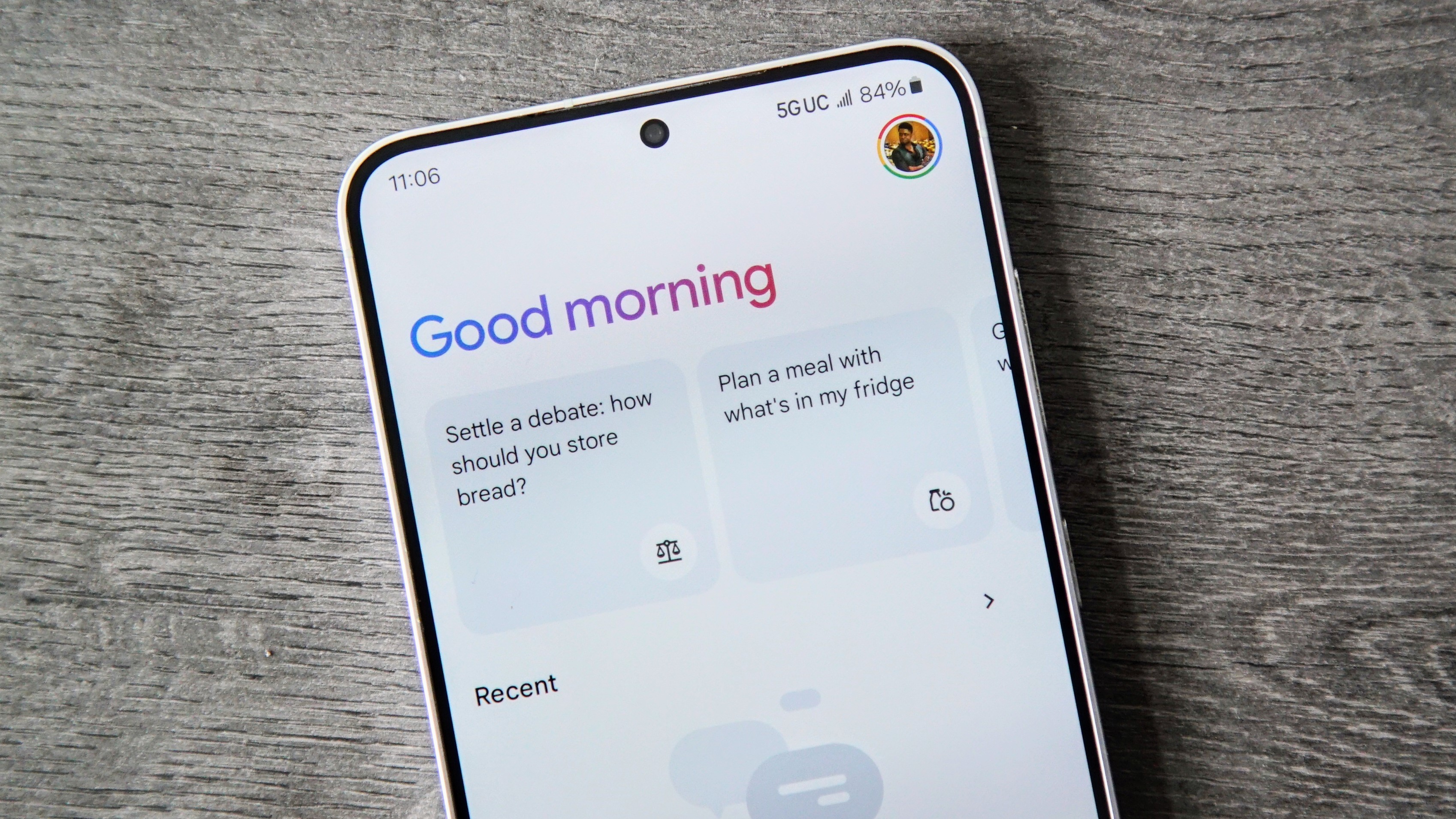




















![Apple Developing AI 'Vibe-Coding' Assistant for Xcode With Anthropic [Report]](https://www.iclarified.com/images/news/97200/97200/97200-640.jpg)
![Apple's New Ads Spotlight Apple Watch for Kids [Video]](https://www.iclarified.com/images/news/97197/97197/97197-640.jpg)









































































![[Weekly funding roundup April 26-May 2] VC inflow continues to remain downcast](https://images.yourstory.com/cs/2/220356402d6d11e9aa979329348d4c3e/WeeklyFundingRoundupNewLogo1-1739546168054.jpg)



























